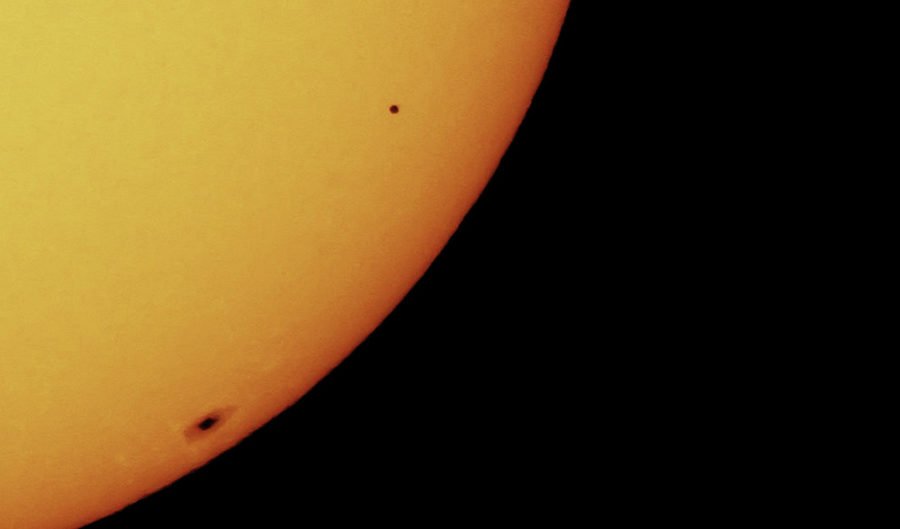
Dark spot on the Sun
Amateur and professional astronomers in the Northern Hemisphere are preparing for a rare ‘transit of Mercury’ on 9 May.

Amateur and professional astronomers in the Northern Hemisphere are preparing for a rare ‘transit of Mercury’ on 9 May.
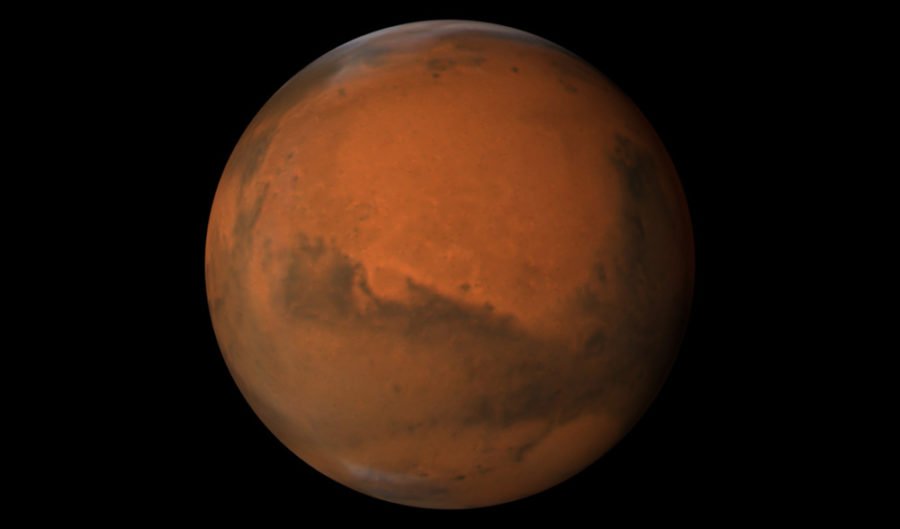
This month, Earth is going to get up-close and personal with the red planet, and Australians are particularly well placed to see it.
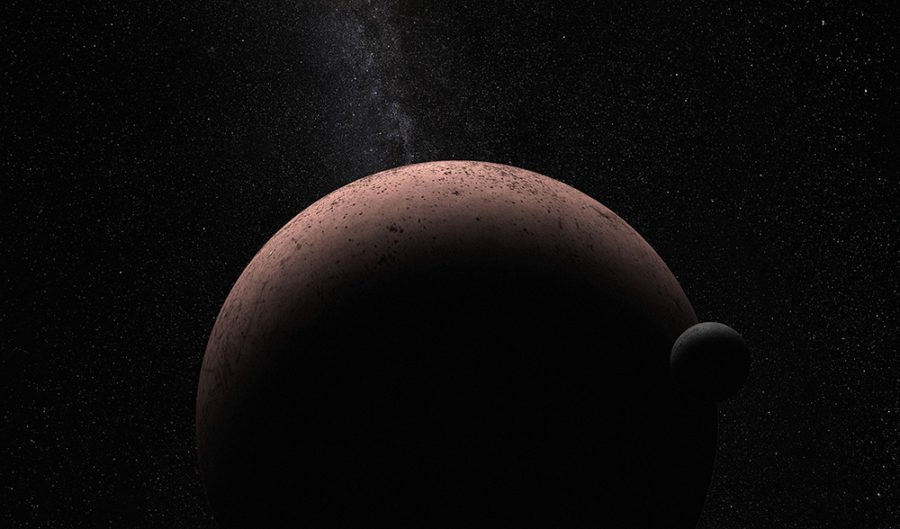
Astronomers using NASA’s Hubble telescope have discovered a 160km-wide moon orbiting distant dwarf planet Makemake.
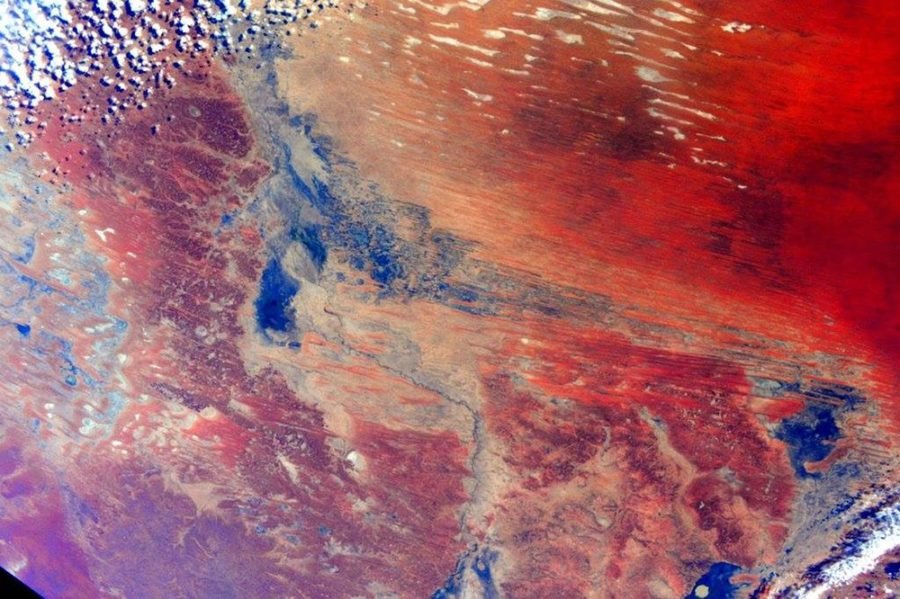
It can be easy to feel forgotten in Australia, residing as we do in the planet’s more sparsely populated southern hemisphere – but one place where Earthling hemisphere bias loses significance is when looking down on the globe from space. Enjoy these 10 stunning NASA images of different parts of Australia, many taken by astronauts aboard the International Space Station.

While Indonesia enjoyed 2016’s only total solar eclipse on Tuesday morning, NASA offered a novel perspective from space – the shadow of the Moon passing across Earth.

Here’s when and where to see the International Space Station across Australia over the next fortnight.
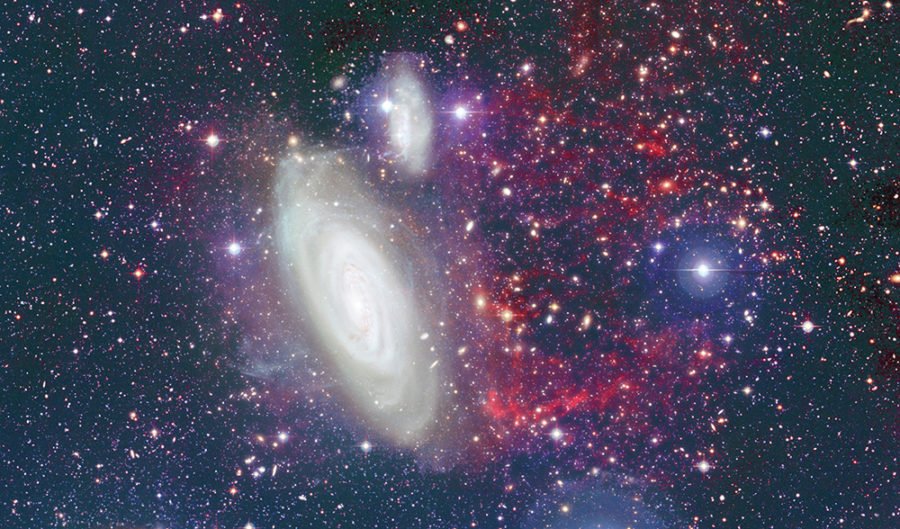
A nearby galaxy is moving so fast it has left a 300,000-light-year plume of star-making gas in its wake.
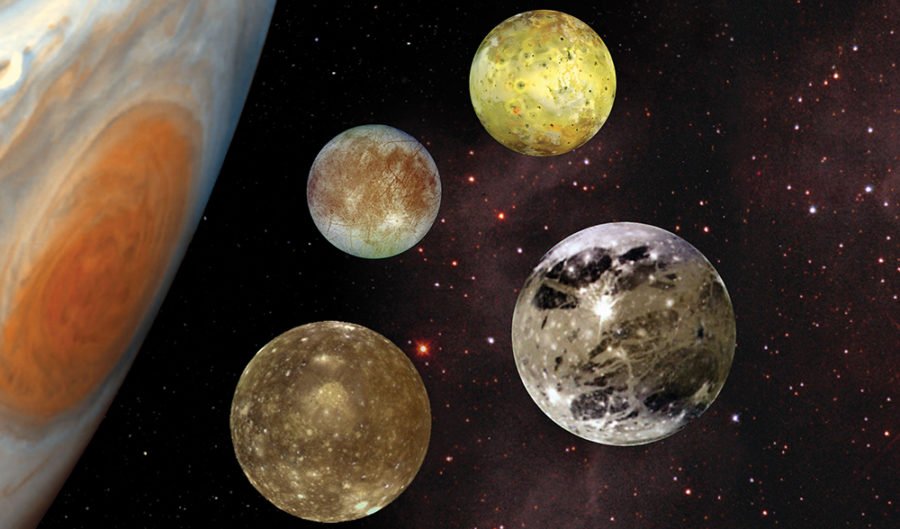
On 8 March, Jupiter will be fully illuminated by the Sun – just like a full Moon – making it the best time to see the gas giant’s four largest moons with binoculars.
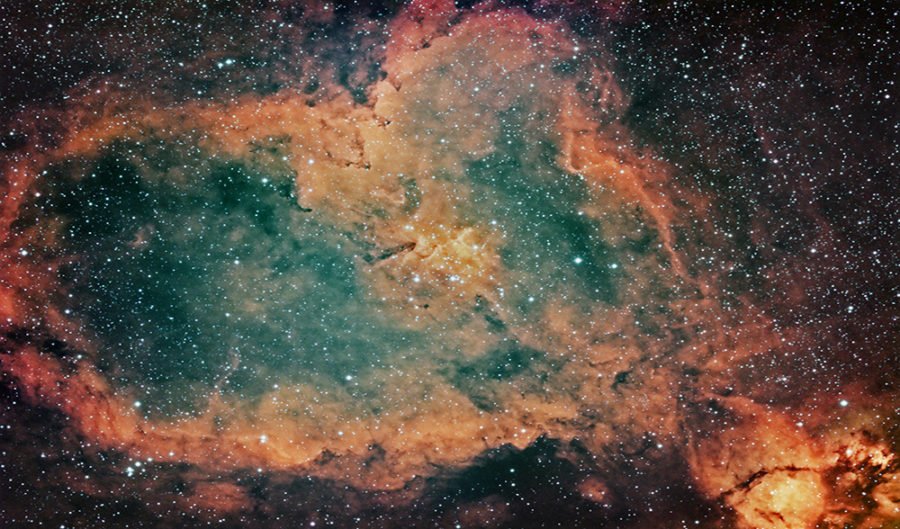
In swirling clouds of hydrogen, helium and oxygen, nebulae form our galaxy’s “heart and soul”. All of these elements combine and attract each other to forge together and create stars. As well as being baby star factories, nebulae come in fantastic shapes and colours. ‘Pareidolia’ is a human tendency to see faces and other shapes where there are none – like what you do when cloud watching. These cosmic clouds also take on a number of recognisable shapes, including two of the best recognised, nicknamed the Heart and Soul nebulae. Anne Johnston spoke to astrophotographer Terry Hancock about his passion for these cosmic beauties.
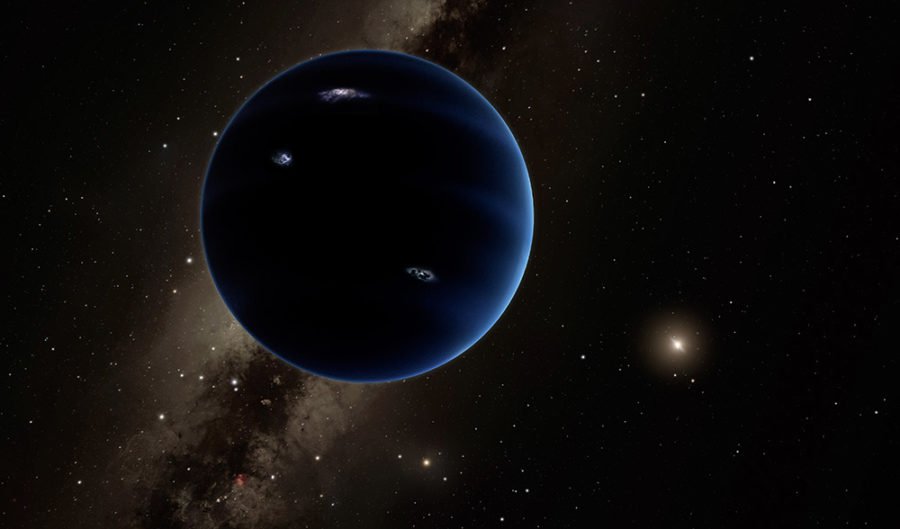
Somewhere out there could be a giant new planet in our solar system: so where is it?